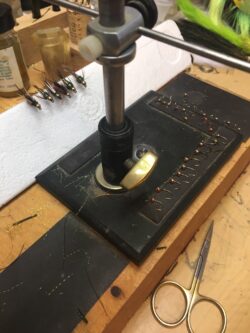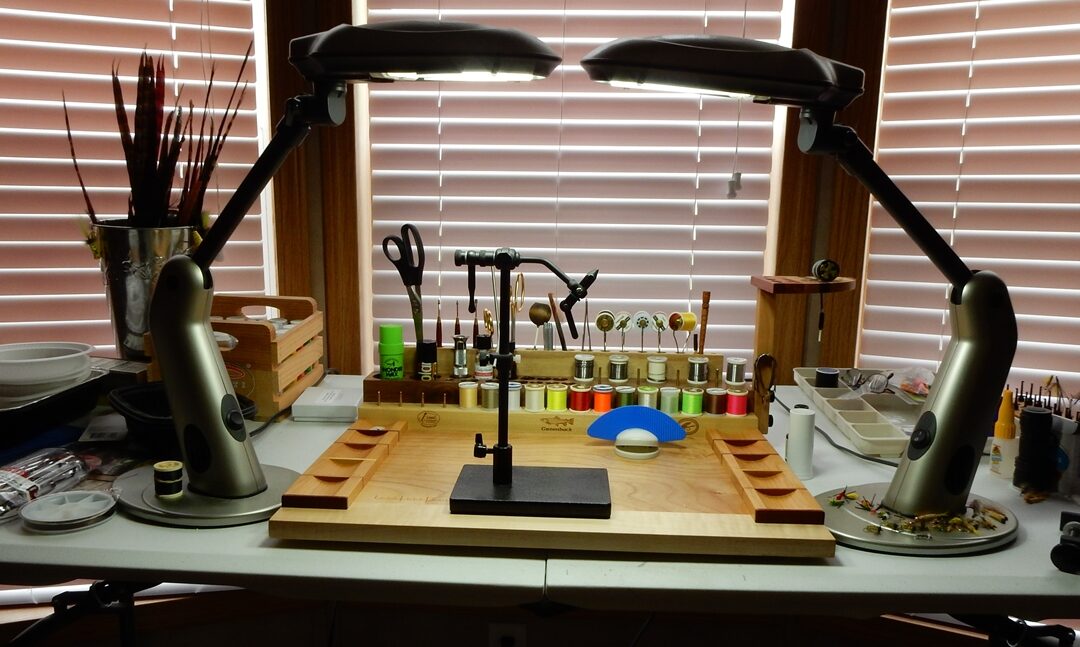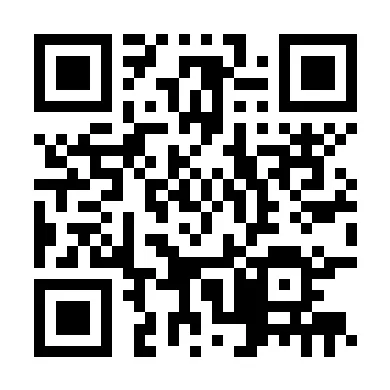 When most fly tyers begin, they have a small number of materials or options to address. Like any sport, over the years the number of materials, gizmos, gadgets, and stuff increases. The neat special sparkly fuzz, the special hooks, new furs, hackles, and…
When most fly tyers begin, they have a small number of materials or options to address. Like any sport, over the years the number of materials, gizmos, gadgets, and stuff increases. The neat special sparkly fuzz, the special hooks, new furs, hackles, and…
Back in the day, we had very little gear. Almost everyone has used a Thompson A vise. That was it. My first vise was made from a clothes pin screwed to a stick and inserted into a block of wood. I glued rubber to the jaws and used a rubber band to add tension. It worked but was not pretty.
Today I have a Renzetti rotary vise and all the trimmings. The rotary feature is great for wrapping chenille and other materials. For jigs and heavier hooks, I use an old Thompson vise with stiff jaws.
Lefty Kreh was my fishing, fly fishing, rod building and fly-tying mentor. His first Fly Boxes were old cigar boxes. We used what we had. Barbed baitholder hooks were changed for a fly. We smashed down the barbs. Feathers were often whatever we found along the creeks, from game birds, or the chicken coop. Furs came from the rabbits, squirrels, deer, and critters we hunted. Ground hog hair worked well.
 I once found a farmer that had Peacocks, and he gave me all of the feathers I could carry. I took them to a Maryland Fly Angler meeting and shared them with everyone. It was like a Christmas gift. Peacock herl is perhaps the one best fly-tying material on the Earth.
I once found a farmer that had Peacocks, and he gave me all of the feathers I could carry. I took them to a Maryland Fly Angler meeting and shared them with everyone. It was like a Christmas gift. Peacock herl is perhaps the one best fly-tying material on the Earth.
When tying flies, time is money. Only get out what materials you need for the pattern that you are tying. Organize materials by patterns or type of materials so you don’t have to search for anything.
The other thing to consider is a YouTube monitor. Most tyers are visual learners. Watching someone tie is easier than reading directions. You also want plenty of light, a decent magnifier or cheater glasses, and a plain white background. This can be a white piece of cardboard that you place behind your tying vise/base. Mine sits in a piece of wood with a groove cut into it.
Great scissors are important. Mine have large thumb holes and are shorter. Wear them while you tie. You will never need to search for them but be careful if you scratch your nose. Other tools should be in a nearby rack for easy access.
I also use a magnet on my fly deck to keep hooks in place. This is essential if you are tying outdoors. Flat fridge magnet ads work well. Simply turn them over and glue them down.
Keep a library of your favorite flies. One perfect tie will serve as a model for future ties. A log book with tips, material recipes, and other info helps.
Keep your flies simple and perfectly master 6.I takes a thousand ties to master a pattern. Tie a dozen at a time to hone your skills. From that 12, half will be excellent.
Tie one or two on!
Montana Grant





